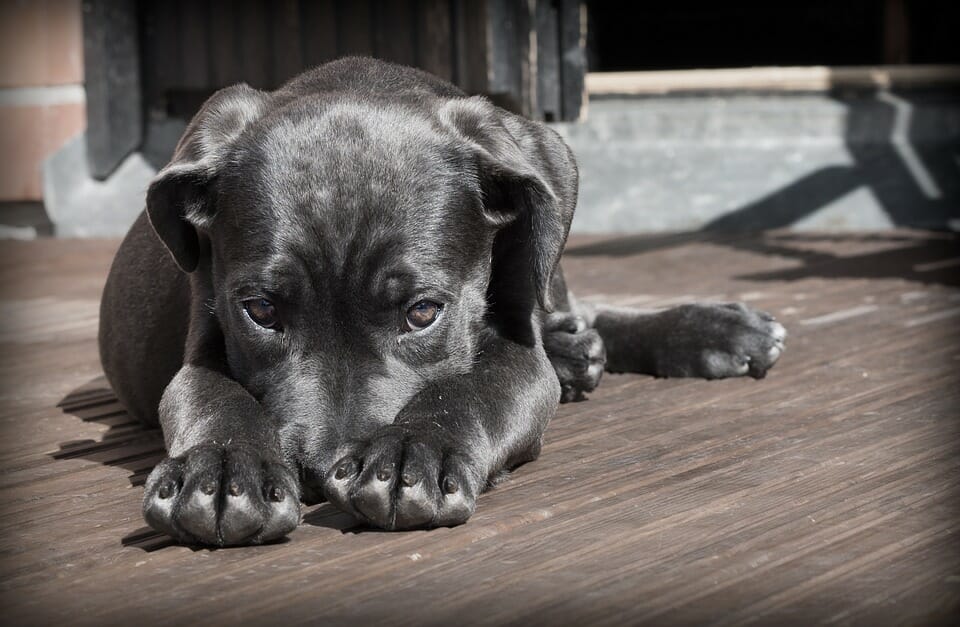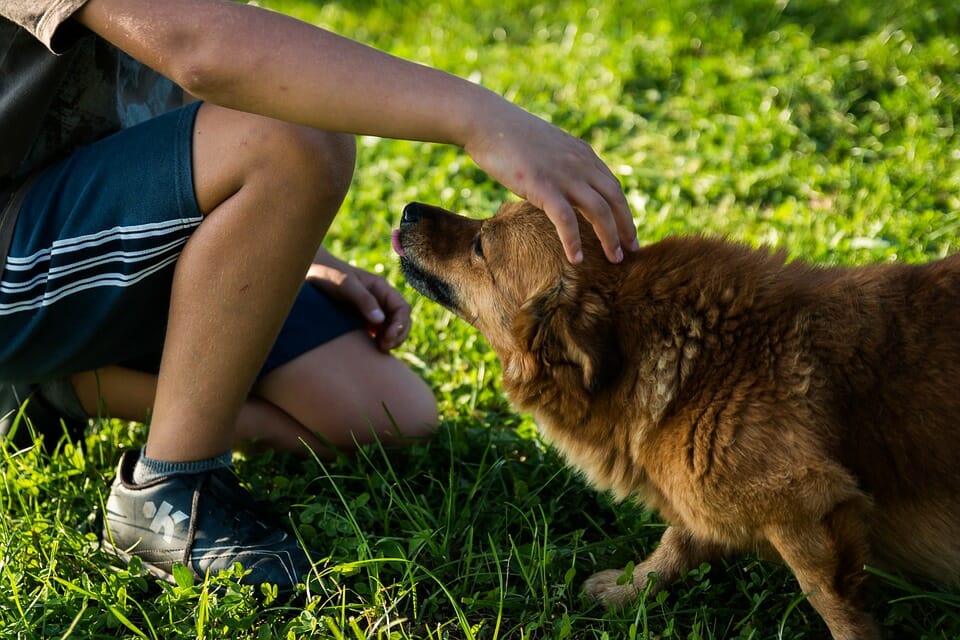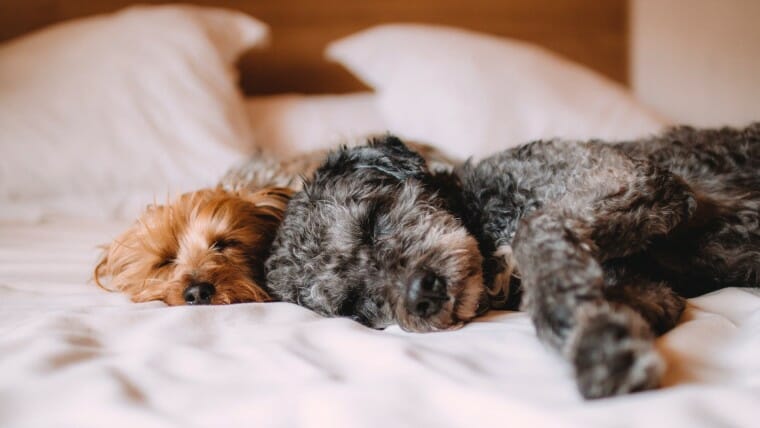Anyone who owns a dog knows how essential they become to your well-being. Owning a dog can help alleviate stress and make you live longer. They can give you a new sense of purpose and responsibility, and generally make your life more joyful. You want the best for them, and sometimes that means working with their unique personalities. If you own a very dear, yet very shy dog, here are some proven ways to build confidence and trust.
Understanding shy dog breeds

Dogs are like people. Their personalities are based on some combination of nature and nurture. A dog living with an introvert may tend to be a little on the shy side, but some dog breeds are simply shyer than others by nature. Plenty of introverts prefer a naturally shy dog breed to match their personalities. Shy dog breeds come in all shapes and sizes. Dogs like Greyhounds and Chihuahuas are notoriously good dogs for homebodies. They won’t jump on every person they see and are perfectly comfortable spending relaxing evenings at home with you. Their naturally lower energy means that if you aren’t one who likes to spend every evening at the dog park, your dog won’t require you to do so.
All that said, dogs are intrinsically social creatures, and thrive with solid human interaction. All dogs exist somewhere on a scale from extremely shy to extremely sociable, and it’s good to know where on that scale your dog stands. You can work with them to help slide a little left or right of where they are naturally, but don’t expect them to make a full 180. Remember, you are trying to help your furry friend, not change them.
How to get a fearful dog to warm up to you

Shy dogs can require a little more work, but there are some simple things you can do to help them open up. When your dog is shy or nervous, the presence of new people can cause any number of different reactions. Some dogs will cower and hide, others will drool, pant or urinate, and some may even bark or nip when scared. In order to minimize these behaviors, it is important to take note of the type of people your dog tends to be fearful of and manage those interactions. The more specific you can get on the type of people your dog gets nervous around, the better. This will form a solid foundation on which to socialize your dog.
When you find yourself in a public setting, it can be a little harder to control interactions, but there are things you can do to help manage them. If you come across the type of person who generally garners a reaction from your pup, it may be a good idea to cross the street or head off in a different direction, giving them a little distance. Putting yourself between the person and your dog can also create a barrier, making her feel more at ease. If someone you don’t know asks to pet your dog, be straightforward and tell them that unknown people make your doggo nervous. Most people will understand, and won’t be offended.
If you know you are going somewhere public with your dog, you may want to avoid the crowds and stick to less populated areas. When this is difficult, a crate can be particularly comforting. While this isn’t really feasible with a large breed, bringing a small crate along can give your small breed a safe space that it can retreat into when things get a little too overwhelming.
How to properly comfort your dog

A dog’s shyness is often caused by fear. Something about that particular situation makes them feel nervous, and that nervousness can manifest itself in the behaviors mentioned earlier. A good way of alleviating some of that worry is to create structure. If you train your dog to sit and look to you for comfort when strangers are near, it can help soothe them with the simple fact that they know what to do when they feel nervous. That structure can be incredibly comforting to them.
Another way of helping dogs feel comfortable in the presence of others is to reward them when strangers are around. When you are with a person who would normally make your dog timid or shy, you can give them lots of treats in rapid-fire succession. This will help your dog associate the people who scare them with treats, helping to lighten the stress.
It can also be tremendously helpful to socialize them in a controlled environment with people who know how to deal with shy animals. The highly trained staff at Puppy Play and Stay have a lot of experience with shy animals and will treat them with patience and love needed to put your best friend at ease. Fearful dog rehabilitation can be a tough thing to tackle alone, so it’s always helpful to have a team of professionals on your side. Your four-legged friend will surely appreciate it.


